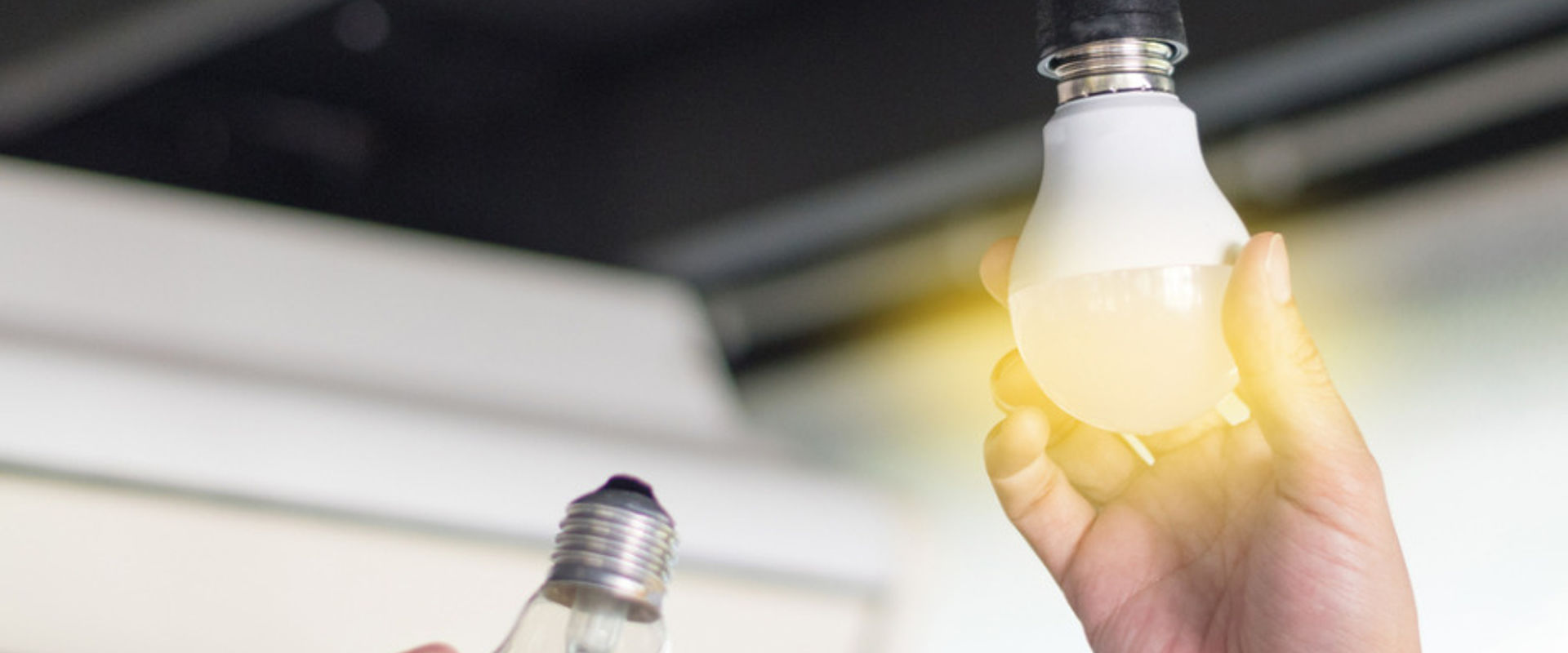
New photometry standards for measurement of solid-state lighting products
Challenge
Conventionally the calibration of photometric equipment was performed with tungsten filament standard lamps with the standard illuminant A spectrum, which was published by the International Commission on Illumination (CIE) in 1931 and was originally designed for use with incandescent lighting products.
However, incandescent consumer lamps have been phased-out to comply with energy saving regulations and solid-state lightning (SSL) products have been introduced to the market to increase the energy efficiency of lighting.
The European lighting industry and research laboratories need reliable and traceable standardisation and calibration equipment to verify that SSL products such as white light-emitting diodes (LEDs) fulfil quality standards and that energyefficiency can be determined accurately. This is especially important
to ensure that consumers can be confident in the energy-efficiency ratings of lighting products.
Therefore, there was a greater need to develop novel LED reference spectrum for calibration use, to reduce spectral mismatch errors that occurred in LED lighting
measurements.
Solution
The PhotoLED project developed a novel LED reference spectrum for calibration of photometers that are used for measurement of SSL. This was achieved by collection of a large data set containing spectral measurements of 1516 LED lighting products. The LEDbased reference spectrum L41 was determined by analysing eight different representative spectral power distributions with different correlated colour temperatures and finding the one resulting in the smallest spectral mismatch errors in measurement of LED lighting products.
Reference spectrum L41 will be used alongside standard illuminant A and in the future, possibly replace it.
The project presented their results at CIE workshops and presentations to engage with standardisation experts and inform the scientific community about their progress. These networking opportunities were used to build connections with members of CIE Division 2, which is working on standards related to measurements of light and radiation. The CIE technical committee (TC) 2-90 then helped to publish the novel spectrum in the technical report CIE251:2023.
Additionally, two different types of LED standard lamps had been designed to ensure that new traceable calibration techniques were available for LED photometry. Publishing the new reference spectrum L41 in CIE251:2023 helped to share the new uniform guidelines with research laboratories, national metrology institutes (NMIs) and industries in Europe, and globally.
Impact
The results from the PhotoLED project provided the lighting industry and laboratories with fundamental methods for traceable calibration of photometric equipment based on LED-technology.
The new LED-based standard lamps have an increased product lifetime and robustness compared to traditional tungsten filament standard lamps. Additionally, the spectral errors in measurement of SSL are reduced by a factor of two on average, because the spectrum of the calibration source L41 is closer to the spectra of the measured SSL than illuminant A.
Decreasing the uncertainties in photometric measurements greatly helps manufacturers to improve measurements of current SSL products and develop new lighting products. Consumers will have increased confidence in the energy efficiency rating of SSL products, allowing them to make more
informed decisions.
Ultimately, implementing the published standards for LED-based photometry approaches across Europe will help to ensure that the metrological infrastructure is coherent and will fill the need for traceable measurement methods that arose after phasing out of incandescent lamps and the diminishing availability of standard lamps on the market.
- Category
- EMPIR,
- Standardisation,
